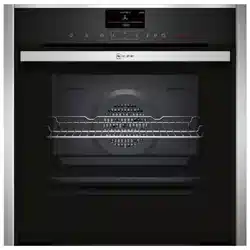Documents for Neff B57VS26N0B
The following documents are available:
User Manual
User Manual
- User Manual - (English) Read Online | Download pdf
- B57VS26N0B - Neff - Recipe - (English) Download
- Photos: View Photos

